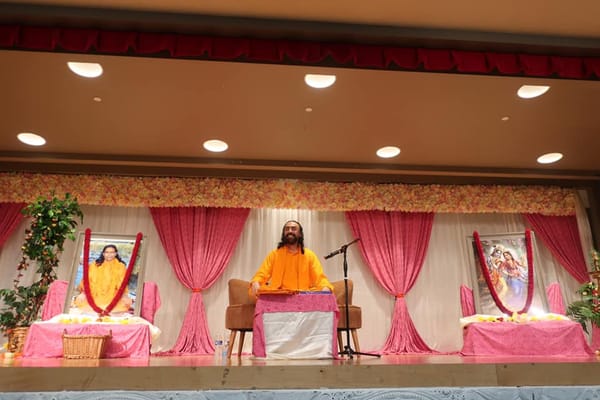From being the subject of Maharishi Patanjali’s well-known treatise to having its own international day (June 21), yoga has certainly come a long way. Yogic practices have traveled across time and transcended barriers of culture, race, and religion to provide an effective solution for healthy and stress-free living. What makes yoga popular is exactly this universal appeal – it is a one-stop shop for most of your physical and mental needs.
Our society is driven largely by external attributes, such as body image and corporate success. There is a powerful sense of validation attached with both of these things. Certainly, one needs an able body and a calm mind to face all the challenges that a successful career entails. However, today’s fast-paced lifestyle has made it harder to address one’s physical and mental wellness. We work long hours, consume meals irregularly, and barely exercise. Additionally, the internal push to meet deadlines for fear of losing that next big opportunity looms ever steadily on the horizon, causing stress. This prolonged stress has been proven to cause a host of problems, ranging from hypertension to strokes and heart disease.
Enter yoga.
Physically speaking, yogic poses or Asanas are powerful ways to cultivate muscular strength, flexibility, and cardiovascular fitness. An added incentive is the lean, toned physique that contributes to one’s physical attractiveness. Anybody can do yoga at their personal pace. Meditation and breathing exercises that are part of yogic practices are proven powerful antidotes to stressful situations, owing to their visible effect on body physiology. In modern times, many businesses and health experts recommend mindfulness and meditative practices to boost productivity and performance. Yoga equips you to focus and relax at the same time, making it a powerful tool for those pursuing demanding careers. It is not hard to see why yoga is so appealing from the perspective of material satisfaction.
However, yoga is much more than a mere tool for physical and mental wellness. Yoga transcends the body and mind into the realm of the soul. The Sanskrit word Yog denotes union of the soul with God – in fact, there is no such word as yoga in Sanskrit terminology. Uniting the soul with God is upheld as the goal of human life by the Vedas. To attain this goal one needs to use the body and the mind for spiritual practice or Sadhana. Physical exercise, rest, mental relaxation, and proper diet are all essential for maintaining the body and mind as the vehicles for spiritual advancement. One cannot, after all, perform spiritual practice with a weak constitution.
The Bhagavad Gita states:
Yuktahara-viharasya yukta-cheshtasya karnasu
Yukta-svapnavobodhasya yogo bhavati duhkha-ha
– Bhagavad Gita 6.17
But those who are temperate in eating and recreation, balanced in work, and regulated in sleep, can mitigate all sorrows by practicing Yog.”
With such an esoteric spiritual significance, Yog is far from being just the physical drill that it has come to symbolize. When practiced under the proper guidance of a realized master, it is a way of life that ultimately leads to spiritual success and eternal happiness. Physical and mental wellness are just byproducts.
Jagadguru Shri Kripaluji Maharaj mentions in his work “Radha Govind Geet”:
Hari ka viyogi jiva Govind Radhey, Sancho yoga soi jo hari se milade.
Hari se milave na jo Govind Radhey, vaha yoga yoga na kuyoga batade
“True Yog is that which unites a soul separated from God, with God;
All else is just the opposite of Yog”






